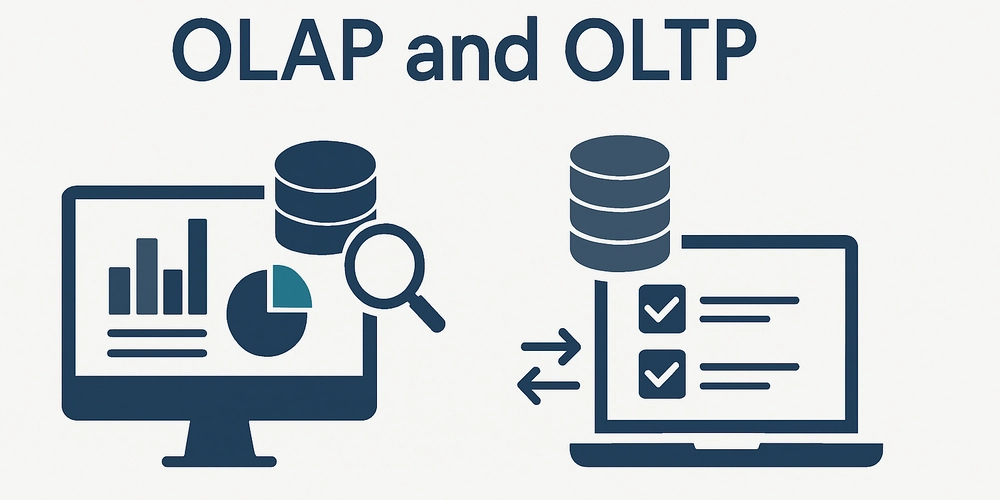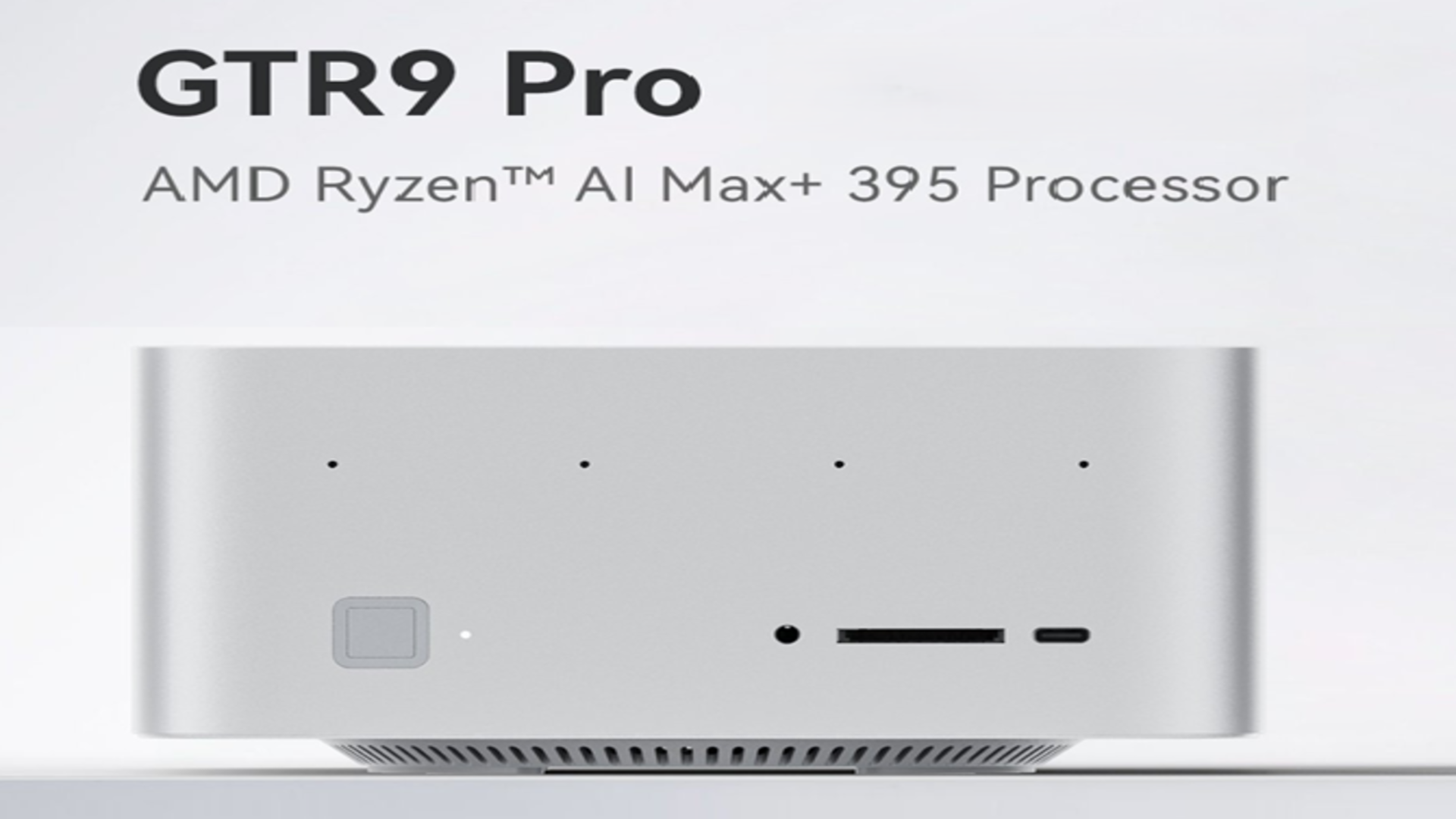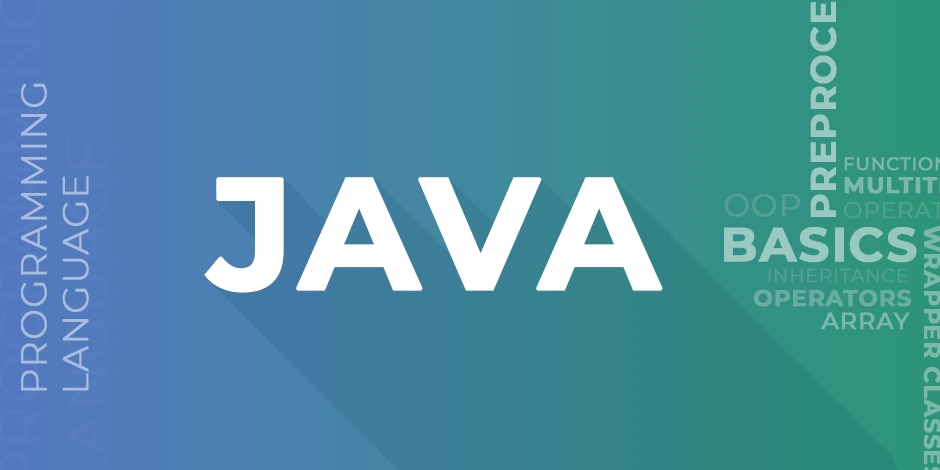OLAP and OLTP Explained Simply for Curious Developers
Understanding the fundamental differences between OLAP (Online Analytical Processing) and OLTP (Online Transaction Processing) is essential for developers who want to design scalable, efficient, and purpose-built data systems. Each system serves a unique role in the architecture of modern applications, and knowing when and how to use them can determine the success of a project. What Is OLTP? Understanding Online Transaction Processing OLTP systems are designed to handle a large number of short online transaction requests, such as inserting, updating, and deleting small amounts of data. They are the backbone of operational applications like banking systems, e-commerce websites, and CRM platforms. Key Characteristics of OLTP Systems High transaction throughput: OLTP systems are optimized for fast processing of multiple transactions per second. Normalized database design: OLTP databases are highly normalized to reduce data redundancy and ensure data integrity. Real-time operations: OLTP supports real-time business processes like order entry, payment processing, and inventory management. Concurrency: Capable of handling hundreds or thousands of simultaneous users without conflict or degradation in performance. ACID compliance: OLTP systems follow strict ACID (Atomicity, Consistency, Isolation, Durability) principles to ensure data reliability. Examples of OLTP Applications ATM withdrawals and deposits Online ticket booking systems E-commerce checkout and payment systems Retail Point of Sale (POS) systems What Is OLAP? A Deep Dive into Online Analytical Processing OLAP systems are built for complex data analysis and are used primarily in business intelligence and reporting systems. Unlike OLTP, which focuses on day-to-day operations, OLAP handles large volumes of historical data for insights and strategic decision-making. Key Characteristics of OLAP Systems Data aggregation and summarization: OLAP systems are optimized for read-heavy queries that analyze vast data sets across multiple dimensions. Denormalized schema: Uses star or snowflake schemas to simplify and speed up complex analytical queries. Slow-changing data: Focuses on historical data trends rather than real-time data updates. Multi-dimensional analysis: OLAP allows data to be viewed from multiple perspectives using dimensions like time, geography, or product. Support for complex queries: Ideal for ad hoc querying, data mining, and trend analysis. Examples of OLAP Applications Sales forecasting and revenue analysis Customer segmentation and behavior tracking Market trend analysis Financial planning and budgeting tools Core Differences Between OLAP and OLTP Feature OLTP OLAP Purpose Day-to-day transactions Complex analysis and reporting Users Clerks, cashiers, front-line staff Analysts, executives, data scientists Operations Insert, Update, Delete Select (read-intensive) Query Complexity Simple and standardized Complex and flexible Schema Design Highly normalized Denormalized (star/snowflake) Data Volume Smaller datasets Massive datasets Response Time Milliseconds Seconds to minutes Backup and Recovery Frequent backups Periodic backups Concurrency High Moderate When Should You Use OLTP vs OLAP? Choosing between OLTP and OLAP depends on the nature of your application and its primary purpose. Use OLTP If: Your application requires real-time data entry and updates. You expect thousands of concurrent users. Speed and accuracy of individual transactions are critical. You're building operational systems like ERPs, CRMs, or banking apps. Use OLAP If: You need to perform data analysis, trend forecasting, or decision support. The system is used by analysts or business intelligence professionals. Historical and time-series data are central to your application. You're developing dashboards, reporting tools, or data warehouses. OLAP and OLTP Can Coexist: The Hybrid Approach In modern data architectures, organizations often deploy both OLTP and OLAP systems, each serving a specialized role. These are often connected via ETL (Extract, Transform, Load) or ELT pipelines that move data from transactional systems into analytical systems. The Role of Data Warehousing Data warehouses serve as OLAP repositories. Data from OLTP systems is periodically extracted, transformed, and loaded into the warehouse to enable deeper analysis. The Emergence of HTAP Hybrid Transactional/Analytical Processing (HTAP) systems attempt to combine the best of both worlds, enabling real-time analytics on live transactional data. Technologies like Google Spanner, SingleStore, and TiDB are pioneering this domain. Popular Tools for OLTP and OLAP OLTP Technologies MySQL PostgreSQL Oracle Database Microsoft SQL Server OLAP Technologies Amazon

Understanding the fundamental differences between OLAP (Online Analytical Processing) and OLTP (Online Transaction Processing) is essential for developers who want to design scalable, efficient, and purpose-built data systems. Each system serves a unique role in the architecture of modern applications, and knowing when and how to use them can determine the success of a project.
What Is OLTP? Understanding Online Transaction Processing
OLTP systems are designed to handle a large number of short online transaction requests, such as inserting, updating, and deleting small amounts of data. They are the backbone of operational applications like banking systems, e-commerce websites, and CRM platforms.
Key Characteristics of OLTP Systems
- High transaction throughput: OLTP systems are optimized for fast processing of multiple transactions per second.
- Normalized database design: OLTP databases are highly normalized to reduce data redundancy and ensure data integrity.
- Real-time operations: OLTP supports real-time business processes like order entry, payment processing, and inventory management.
- Concurrency: Capable of handling hundreds or thousands of simultaneous users without conflict or degradation in performance.
- ACID compliance: OLTP systems follow strict ACID (Atomicity, Consistency, Isolation, Durability) principles to ensure data reliability.
Examples of OLTP Applications
- ATM withdrawals and deposits
- Online ticket booking systems
- E-commerce checkout and payment systems
- Retail Point of Sale (POS) systems
What Is OLAP? A Deep Dive into Online Analytical Processing
OLAP systems are built for complex data analysis and are used primarily in business intelligence and reporting systems. Unlike OLTP, which focuses on day-to-day operations, OLAP handles large volumes of historical data for insights and strategic decision-making.
Key Characteristics of OLAP Systems
- Data aggregation and summarization: OLAP systems are optimized for read-heavy queries that analyze vast data sets across multiple dimensions.
- Denormalized schema: Uses star or snowflake schemas to simplify and speed up complex analytical queries.
- Slow-changing data: Focuses on historical data trends rather than real-time data updates.
- Multi-dimensional analysis: OLAP allows data to be viewed from multiple perspectives using dimensions like time, geography, or product.
- Support for complex queries: Ideal for ad hoc querying, data mining, and trend analysis.
Examples of OLAP Applications
- Sales forecasting and revenue analysis
- Customer segmentation and behavior tracking
- Market trend analysis
- Financial planning and budgeting tools
Core Differences Between OLAP and OLTP
| Feature | OLTP | OLAP |
|---|---|---|
| Purpose | Day-to-day transactions | Complex analysis and reporting |
| Users | Clerks, cashiers, front-line staff | Analysts, executives, data scientists |
| Operations | Insert, Update, Delete | Select (read-intensive) |
| Query Complexity | Simple and standardized | Complex and flexible |
| Schema Design | Highly normalized | Denormalized (star/snowflake) |
| Data Volume | Smaller datasets | Massive datasets |
| Response Time | Milliseconds | Seconds to minutes |
| Backup and Recovery | Frequent backups | Periodic backups |
| Concurrency | High | Moderate |
When Should You Use OLTP vs OLAP?
Choosing between OLTP and OLAP depends on the nature of your application and its primary purpose.
Use OLTP If:
- Your application requires real-time data entry and updates.
- You expect thousands of concurrent users.
- Speed and accuracy of individual transactions are critical.
- You're building operational systems like ERPs, CRMs, or banking apps.
Use OLAP If:
- You need to perform data analysis, trend forecasting, or decision support.
- The system is used by analysts or business intelligence professionals.
- Historical and time-series data are central to your application.
- You're developing dashboards, reporting tools, or data warehouses.
OLAP and OLTP Can Coexist: The Hybrid Approach
In modern data architectures, organizations often deploy both OLTP and OLAP systems, each serving a specialized role. These are often connected via ETL (Extract, Transform, Load) or ELT pipelines that move data from transactional systems into analytical systems.
The Role of Data Warehousing
Data warehouses serve as OLAP repositories. Data from OLTP systems is periodically extracted, transformed, and loaded into the warehouse to enable deeper analysis.
The Emergence of HTAP
Hybrid Transactional/Analytical Processing (HTAP) systems attempt to combine the best of both worlds, enabling real-time analytics on live transactional data. Technologies like Google Spanner, SingleStore, and TiDB are pioneering this domain.
Popular Tools for OLTP and OLAP
OLTP Technologies
- MySQL
- PostgreSQL
- Oracle Database
- Microsoft SQL Server
OLAP Technologies
- Amazon Redshift
- Google BigQuery
- Snowflake
- Apache Druid
- Microsoft Azure Synapse Analytics
Best Practices for OLTP System Design
- Use normalized tables to avoid redundancy.
- Implement indexes for frequent queries.
- Enforce constraints and transactions for data integrity.
- Optimize for write speed and concurrency.
Best Practices for OLAP System Design
- Build star or snowflake schemas for dimension modeling.
- Pre-aggregate data where possible to reduce query time.
- Use columnar storage for performance.
- Focus on read optimization rather than write performance.
Real-World Use Cases: OLAP and OLTP in Action
Retail Industry
- OLTP: Manages product inventory, customer purchases, and real-time POS updates.
- OLAP: Analyzes seasonal sales trends, customer segmentation, and campaign performance.
Healthcare Sector
- OLTP: Records patient admissions, prescriptions, and medical histories.
- OLAP: Tracks treatment effectiveness across regions, monitors outbreaks, and improves patient care strategies.
Financial Services
- OLTP: Manages real-time transactions, fraud detection, and account operations.
- OLAP: Assesses financial risk, performs predictive modeling, and ensures compliance.
Conclusion: Choose the Right Tool for the Right Job
Both OLAP and OLTP are essential pillars in the modern data ecosystem. While OLTP keeps your business running efficiently, OLAP provides the strategic insights needed for growth and optimization. As a developer, understanding their differences, strengths, and when to use each is a critical skill that will help you design better, faster, and more scalable applications.










































































































































































![[The AI Show Episode 146]: Rise of “AI-First” Companies, AI Job Disruption, GPT-4o Update Gets Rolled Back, How Big Consulting Firms Use AI, and Meta AI App](https://www.marketingaiinstitute.com/hubfs/ep%20146%20cover.png)




























































































































![[FREE EBOOKS] Offensive Security Using Python, Learn Computer Forensics — 2nd edition & Four More Best Selling Titles](https://www.javacodegeeks.com/wp-content/uploads/2012/12/jcg-logo.jpg)



![Ditching a Microsoft Job to Enter Startup Purgatory with Lonewolf Engineer Sam Crombie [Podcast #171]](https://cdn.hashnode.com/res/hashnode/image/upload/v1746753508177/0cd57f66-fdb0-4972-b285-1443a7db39fc.png?#)































































































































































































































-xl.jpg)


























![Beats Studio Buds + On Sale for $99.95 [Lowest Price Ever]](https://www.iclarified.com/images/news/96983/96983/96983-640.jpg)

![New iPad 11 (A16) On Sale for Just $277.78! [Lowest Price Ever]](https://www.iclarified.com/images/news/97273/97273/97273-640.jpg)








































![Apple's 11th Gen iPad Drops to New Low Price of $277.78 on Amazon [Updated]](https://images.macrumors.com/t/yQCVe42SNCzUyF04yj1XYLHG5FM=/2500x/article-new/2025/03/11th-gen-ipad-orange.jpeg)



![[Exclusive] Infinix GT DynaVue: a Prototype that could change everything!](https://www.gizchina.com/wp-content/uploads/images/2025/05/Screen-Shot-2025-05-10-at-16.07.40-PM-copy.png)




![T-Mobile discontinues a free number feature but a paid alternative exists [UPDATED]](https://m-cdn.phonearena.com/images/article/170235-two/T-Mobile-discontinues-a-free-number-feature-but-a-paid-alternative-exists-UPDATED.jpg?#)



















































